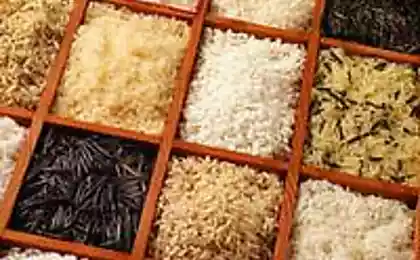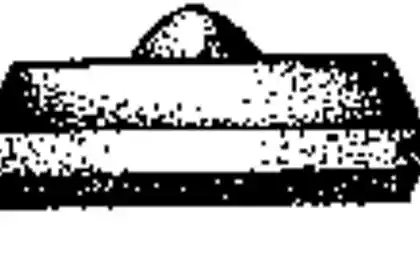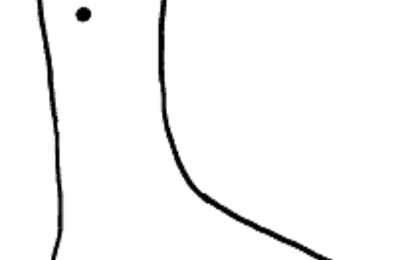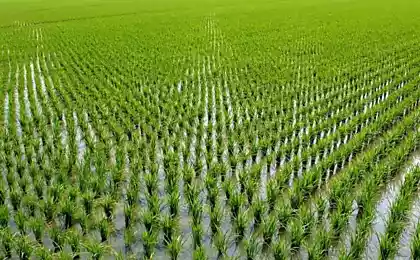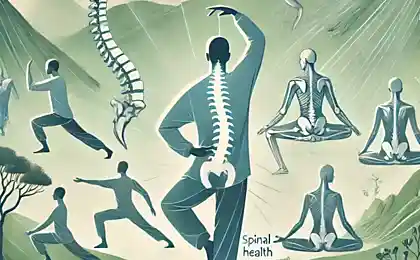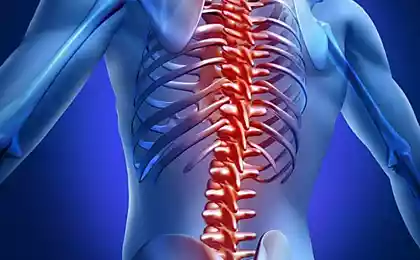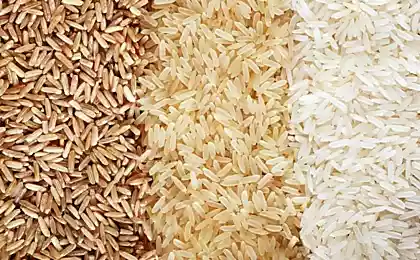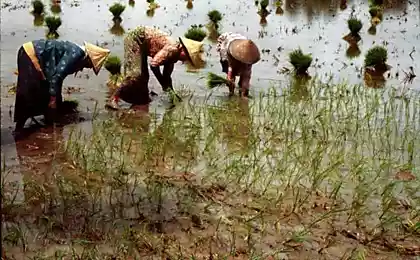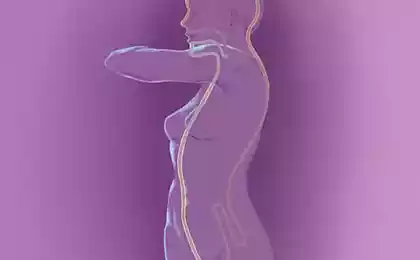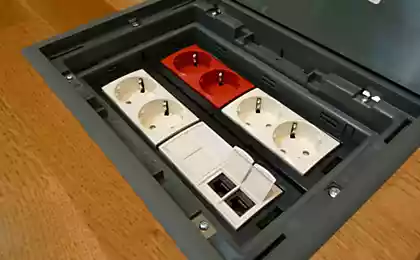1100
Dutch scientists have learned how to make electricity in the rice fields
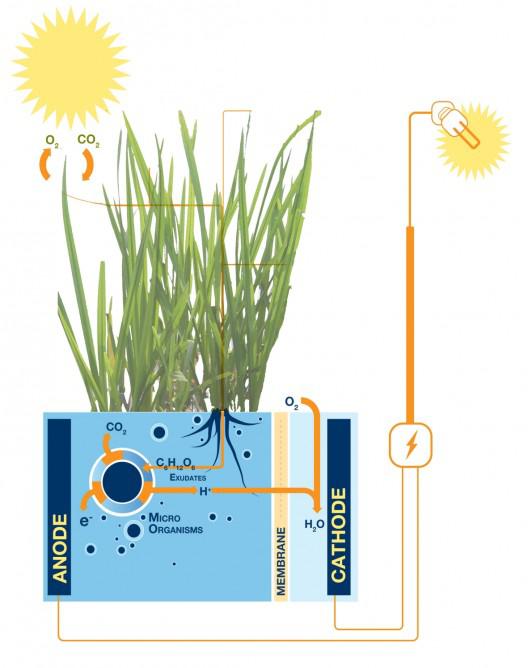
Driving Time / gizmag i>
Scientists from the Netherlands invented another alternative source of electricity, which operates around the clock, and does not depend on the presence of sunlight or strong wind. This method is well suited to Asian villages and farms. We are talking about rice paddies.
Rice feeds more than half the world's population. Rice - a plant bog, so permanent rice plantations, occupied from year to year rice crops, remain permanently under water.
About extraction of energy from the plant tells Marolyayn Helder, co-founder of Plant-e, which specializes in this kind of activity. The technology was invented by energy production in the Wageningen University and patented in 2007. And in 2009, the company was founded Plant-e.
According to Helder, plants produce more energy than they need for normal life. Time required for the plants growing in the water. In fact, it does not necessarily have to be rice - fit and mangrove swamps, and other options. The system does not affect the growth of plants.
The technology works on surplus organic matter, which is isolated by plant photosynthesis. According to some estimates, the surplus energy to reach 70%. Remains go through the roots and absorbed by microorganisms. In this process, there are free electrons that can "collect", placing the electrodes close to the plant roots.
The companies recognize that technology is still far from perfect. But she already looks promising, and, of course, with proper development can provide remote villages and other places away from civilization its benefits.
Currently, a prototype technology Plant-e looks like a square tiles with a side of 50 cm, bonded together. They should be placed under water, under the roots of plants. Such technology is not very convenient and costs about 600 euros per 1 square meter, and electricity gives 0.4 watts per square meter.
The company is now working on a new version of the device, which will be a tube. As such, the system is much easier to be installed on existing plantations. Furthermore, the purpose of a system which will produce 3.2 watts per square meter, that is, from 100 square meters will issue a 2800 kWh per year. According to the company, which is slightly less than it consumes a family of two people.
An alternative method to obtain energy from the plant remains the creation of biofuels from biomass using bacteria, but this process is more is not very efficient .
Source: geektimes.ru/post/251562/
Jeff Deyb and his huge hands
Canadian scientists tested the anti-influenza drug that kills the virus and treat the patient
